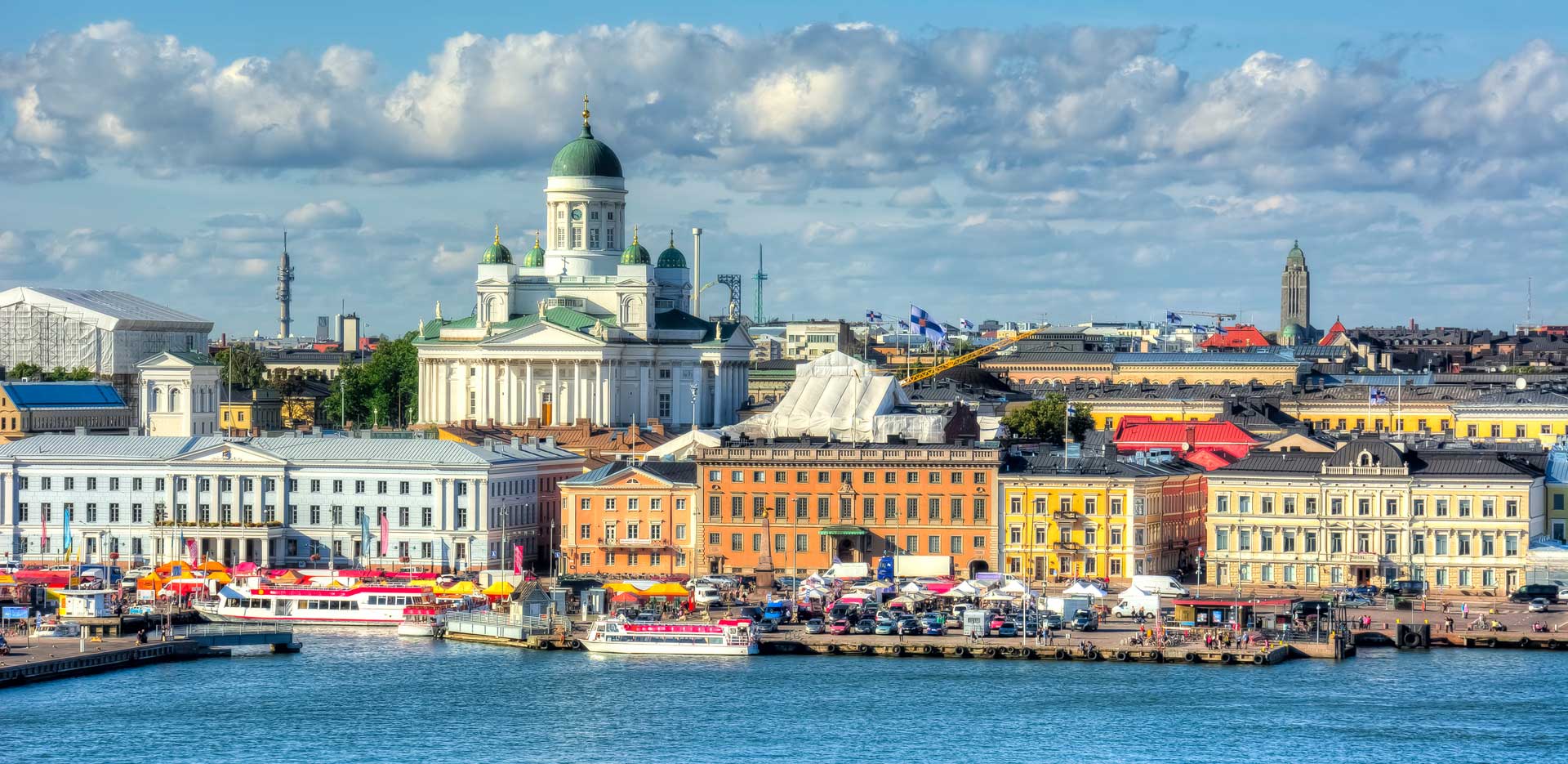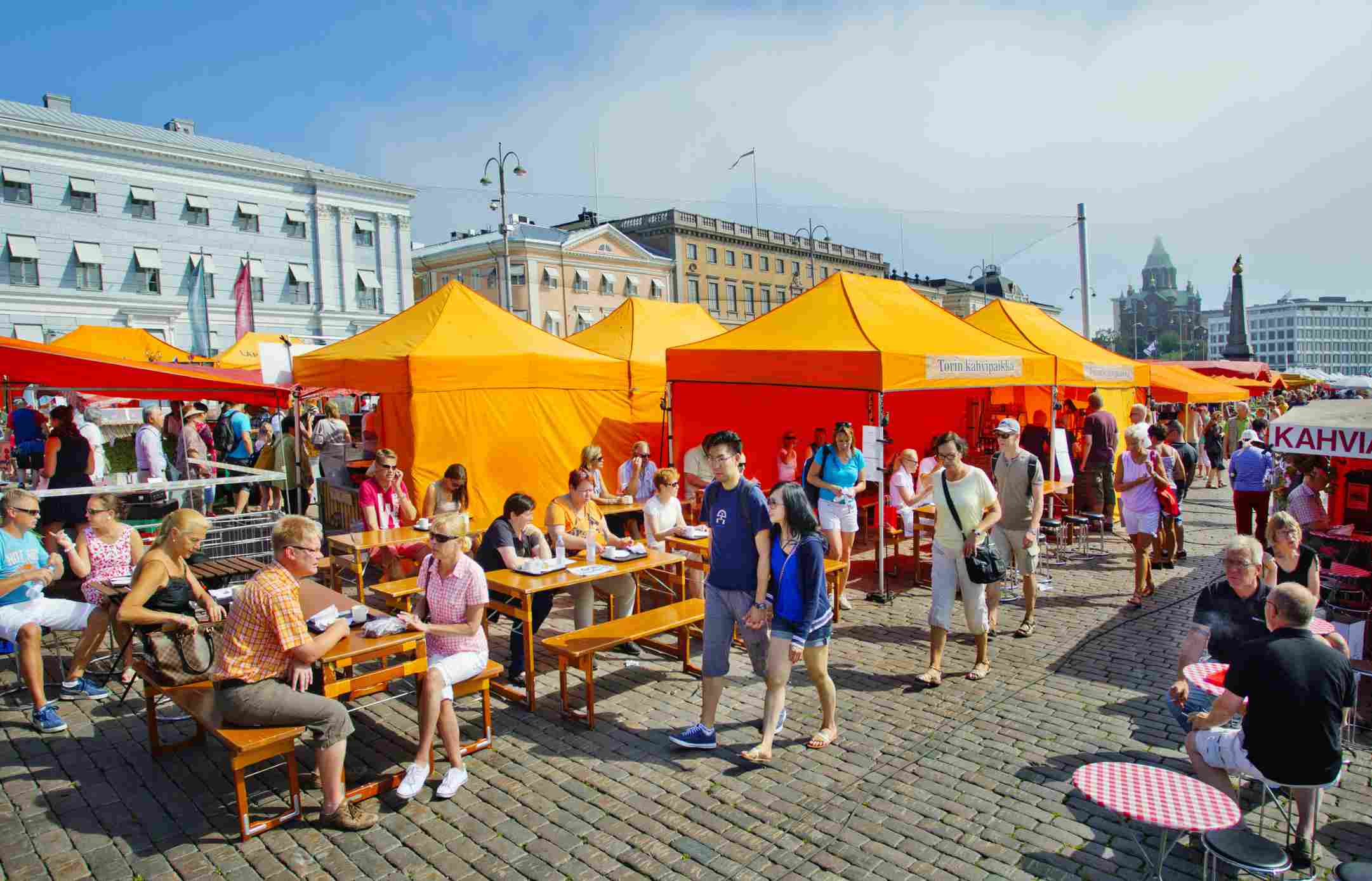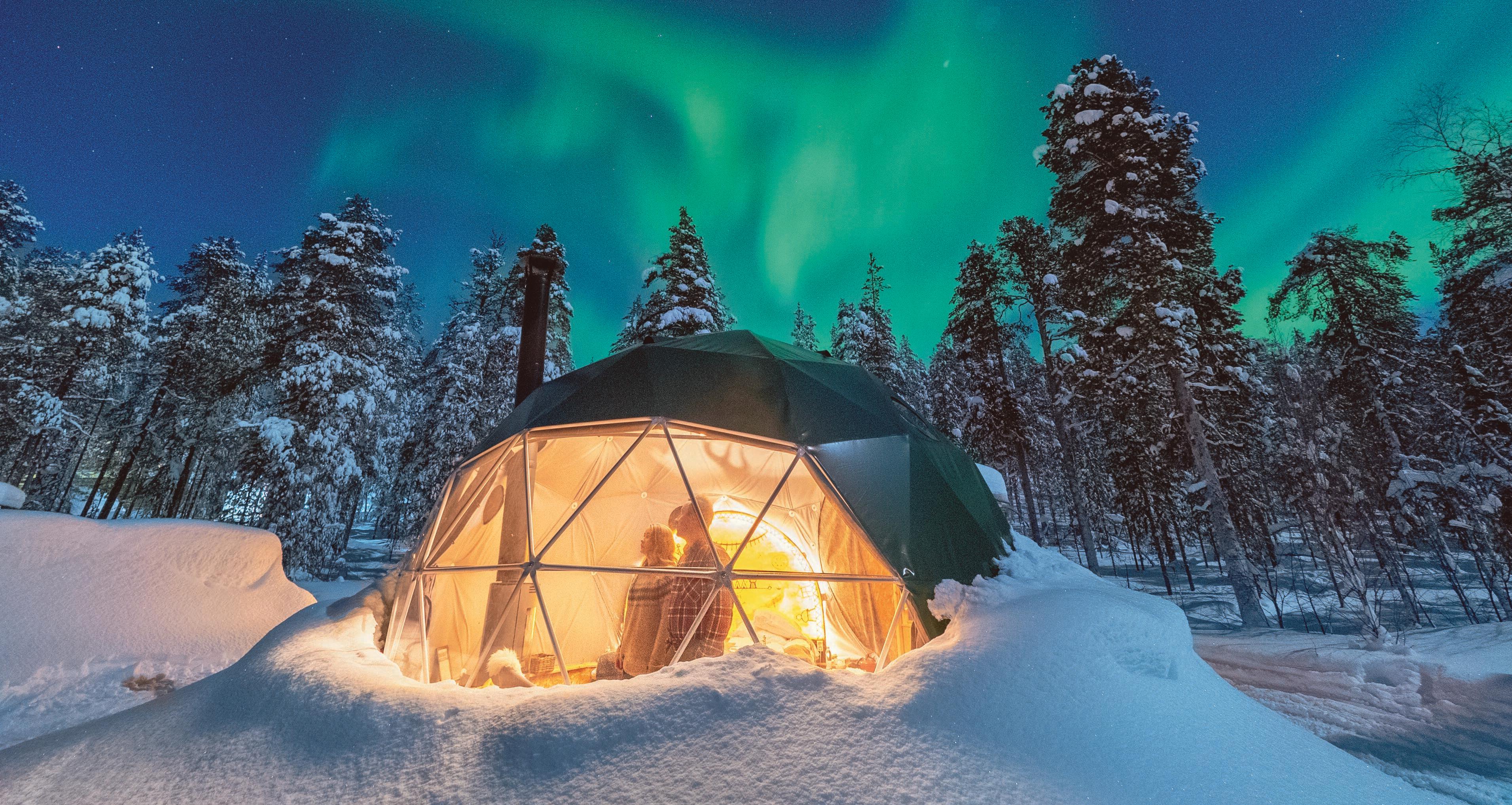Mini Facts about Finland
People
Population: 5.5 million, 18.2 inhabitants per km² ( 46.6 per square mile)
Life expectancy: Men 79 years, women 84 years
Languages: Official languages are Finnish (spoken by 86.9%) and Swedish (5.2%). Sámi is the mother tongue of about 2,000 people, members of the indigenous Sámi people of northern Lapland
Religion: Christianity; 67.8% Lutheran and about 1.1% Orthodox. In practice society is fairly secularised.

State & Government
Independence: Declared on December 6, 1917. Previously a grand duchy in the Russian empire for 108 years, and a part of Sweden for 600 years before that.
Form of government: Republic, parliamentary democracy
Parliament: 200 members in one chamber, elected every 4 years in a direct vote (next elections in 2023)
Cabinet: Multiparty coalition cabinet. The current Cabinet is run by Prime Minister Sanna Marin.
Head of State: President of the Republic, elected every 6 years, two-term maximum. Currently Mr Sauli Niinistö, elected in 2012 and re-elected in 2018.
International cooperation: Member of United Nations since 1955 and European Union since 1995.

Society & Economy
Key features: High standard of education, social security and healthcare, all financed by the state
GDP per capita: 42,936 euros (2020)
Main exports: Electrotechnical goods, metal products, machinery, transport equipment, wood and paper products, chemicals
Main imports: Raw materials, investment goods, energy, consumer goods (for example cars and textiles)
Currency unit: Euro

Geography & Climate
Area: 338,462 km² (131,991 square miles), the fifth-largest country in Western Europe
Greatest length from north to south: 1,157 km (717 miles)
Greatest width from east to west: 542 km (336 miles)
Capital: Helsinki (1.5 million inhabitants in metropolitan area)
Climate: Great contrasts – cold winters and fairly warm summers (2019 extremes: coldest day in Utsjoki -39.1 C/-38.4 F, warmest day in Porvoo 33.7 C/92.7 F)


 中文
中文 English
English Back
Back Business ID:16319330
Business ID:16319330 Tulika 31-217, Tallinn, Estonia
Tulika 31-217, Tallinn, Estonia +372 5883 9464
+372 5883 9464 majianming7176@sina.com
majianming7176@sina.com www.pandahappy.net
www.pandahappy.net
